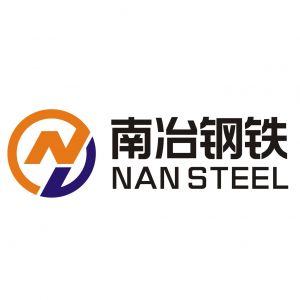Causes of weld seam cracking of high frequency welded pipePosted by chase Liu on May 15th, 2023 In the high-frequency longitudinal welded pipe (ERW pipe), the cracks appear in the form of full-length cracks, local periodic cracks, and irregular intermittent cracks. Some welded pipes have no cracks on the surface after welding, but cracks appear after flattening, straightening or hydrostatic testing. Factors Affecting Cracks 1. Poor raw material quality In the production of welded pipes, there are often problems with large edge burrs and excessive width of raw materials. If the burrs are facing outward during welding, it is easy to produce continuous and intermittent cracks, the width of the raw material is too wide, the pass of the extrusion roller is too full, forming a welding peach shape, the outer welding scar is large, the inner welding rib is small or even no, and it will crack after straightening 2. Edge joint state The edge fillet of the tube blank is a common phenomenon in the production of welded tubes. The smaller the pipe diameter, the more serious the fillet joint. Improper forming adjustment is the prerequisite for the fillet joint. The key factors affecting the fillet joint are the improper design of the extrusion roll pass, the large outer fillet of the pass, and the elevation angle of the extrusion roll adjustment. The pass pattern of a single-radius extrusion roll cannot eliminate corner joint problems caused by poor forming. Increasing the extrusion force, or the wear of the extrusion roller in the later stage of production and the wear of the vertical ellipse, all aggravate the pointed peach-shaped welding state, resulting in serious corner joints. Fillet joints cause most of the metal to flow from the top, creating an unstable melting process. At this time, there is a large metal splash, and an overheated weld joint structure appears. The outer burr is high-heat, irregular, large in volume and difficult to scrape off, and the inner burr is very small. If the welding speed control is slightly improper, there will be "false welding" of the welding joint. The outer fillet on the extrusion roller is large, so that the tube billet is not filled enough in the extrusion roller, and the edge contact state changes from parallel to V-shaped, resulting in the phenomenon that the inner weld is not penetrated, and the extrusion roller shaft is subjected to long-term force wear. Coupled with the wear of the base bearing, the two axes form an elevation angle, resulting in insufficient extrusion force, vertical ellipse and serious corner joints. 3. Unreasonable selection of process parameters The process parameters of high-frequency welded pipe production include welding speed, welding temperature, welding current, extrusion force, opening angle, size and placement of inductors and impedances, etc. High-frequency power, welding speed, welding extrusion force and opening angle are relatively important process parameters, which need to be matched reasonably, otherwise the welding quality will be affected. If the speed is too high or too low, it will cause low-temperature weld impermeability and high-temperature overheating, and the weld will crack after being flattened. When the extrusion force is insufficient, the metal at the welding edge cannot be fully pressed, and the impurities remaining in the weld are not easily discharged, and the strength of the weld is reduced. When the extrusion force is too large, the metal flow angle increases, the residue is easily discharged, the heat-affected zone is narrowed, and the welding quality is improved. But if the pressure is too high, it will cause a large spark splash, causing the molten oxide and part of the metal in the plastic layer to be squeezed together. The weld seam is thinned after scratching, thereby reducing the strength of the weld seam and cracking. Appropriate extrusion force is an important prerequisite for the quality of the weld seam. If the opening angle is too large, the high-frequency proximity effect decreases, the eddy current loss increases, and the welding temperature decreases. If the welding maintains the original speed, cracks will appear. If the opening angle is too small, the welding current will be unstable, and small cracks will occur at the extrusion point (intuitively, it is a discharge phenomenon), forming cracks. In the production of high-frequency welded pipes, there are many factors that cause weld cracking, and the prevention methods are also different. There are too many variables in the high-frequency welding process, and any defect in any link will affect the quality of the weld. The above are some common factors . Like it? Share it!More by this author |


